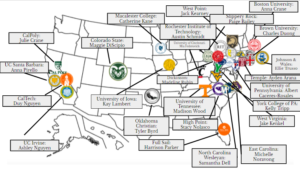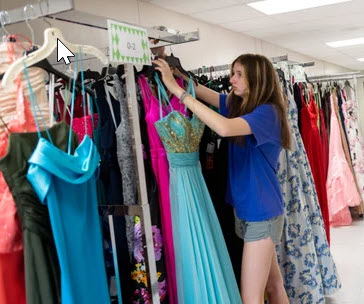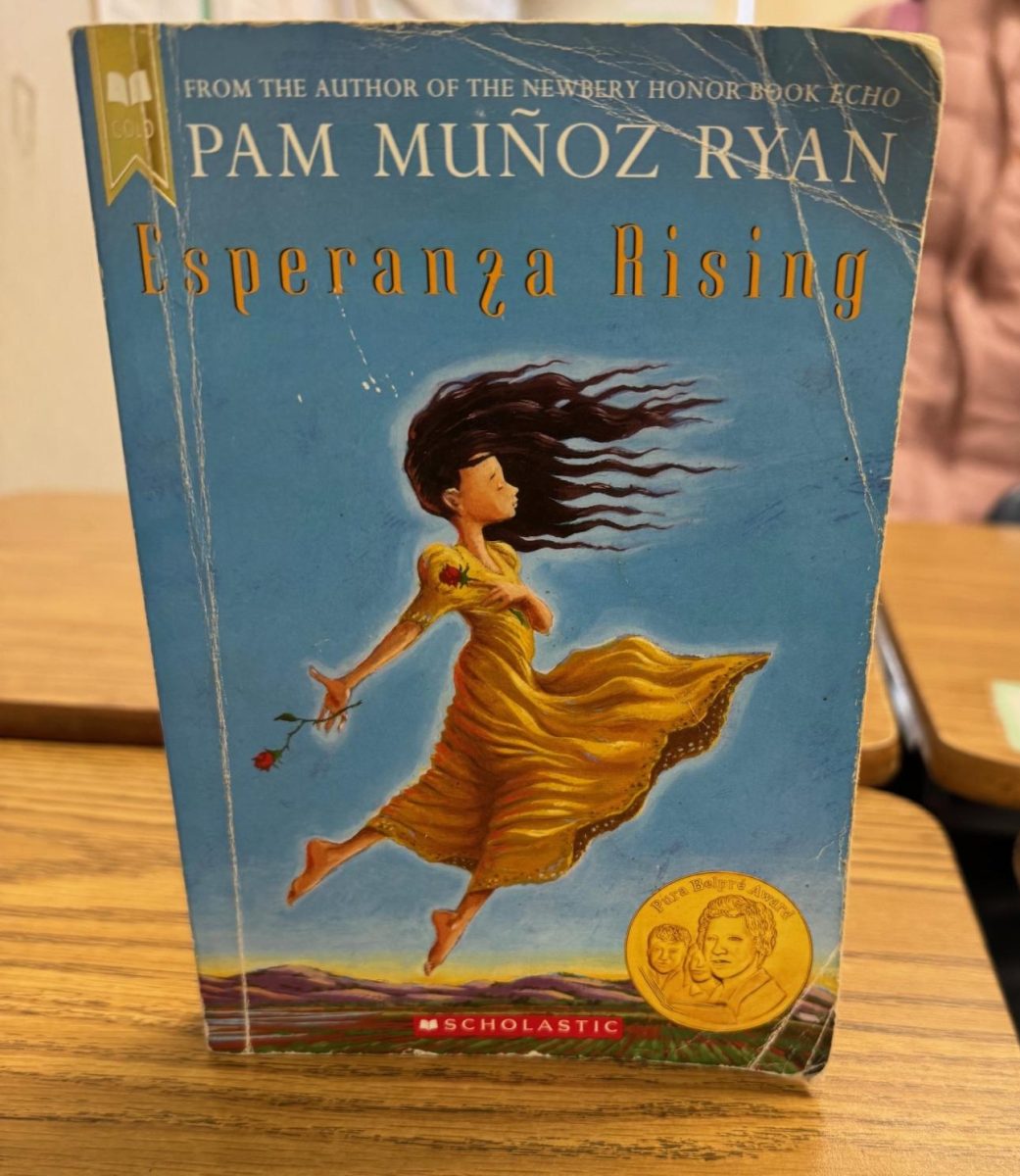Do lockdown drills adequately prepare students, teachers?
December 15, 2021
Lockdown drills are perfect. They hide students in the corner with the safety of the doors being locked, closed blinds, the hallways completely silent and empty, the possibility of a threat most definitely outside in the hallway, and they occur when students are guaranteed to be in class with teachers. But lockdown drills are exactly just that: too perfect to the extent where they assume that an intruder will be orderly and timely with the school schedule.
Although lockdown drills are designed to help students prepare for the reality of a school shooting, the time of day when lockdown drills typically occur are not realistic. Letting teachers and students know when a drill is going to take place loses the effectiveness of acting out an actual dangerous scenario such as a shooting. An intruder isn’t going to tell people when they’re going to shoot up a school. What if the infiltrator comes in during lunch? In between class transition times? Before class even starts? It shouldn’t be assumed that shootings will occur with everyone safe in the classrooms.
On November 30, 2021, a deadly shooting occurred at Oxford High School in Michigan, and students had to depend on their instinct, grabbing scissors, calculators, rulers, any possible weapons they could use to “attack” the perpetrator. And although the lockdown drills they had gone through (barricading doors and keeping students sheltered) had significantly saved lives, the shooting also occurred during a time that was not “ideal” for the usual drill, and students were left without proper preparation.
At the Colorado Columbine shooting in 1999, Dylan Klebold and Eric Harris arrived at approximately around lunch time and attempted to bomb the cafeteria, where students had no chance of escaping and were given no warning. Before the massacre occurred, kids were in the hallway and not inside the safety of classrooms (like our lockdown drills assume). After gunshots were heard and confirmed, teachers were telling students to run out of the building, and officers and staff were helping students evacuate the best they could, which is very different from the usual response of locking kids and teachers in classrooms and staying quiet. It was pure chaos.
If our school had to deal with the timeline of the Columbine shooting, students would not know how to get to safety and would be without prior warning (such as PA announcements declaring an official lockdown). We have not prepared for the possible sporadic times that a dangerous scenario could occur. Rather than having perfect lockdown drills at perfect times with the perfect schedules, the drills should be spread out at unanticipated times.
According to school resource officer Officer Briggs, there are certain procedures to take place if an incident happened during unexpected times.
If a shooting takes place in the morning before the 8:10 bell and when students are only just arriving at school, buses would be notified and redirected to another course. If a life-threatening circumstance occurred during transition times, teachers would pull whichever students outside in the halls to their own classrooms, and students would be expected to run into the nearest classroom to them as well, regardless of if it was their own. However, Briggs also realizes how it is difficult for students and staff to instinctively know what should be done for these possible abrupt situations if they weren’t trained for them in the first place. He suggests having drills during transition periods and unanticipated times in order to better prepare students.
Rather than having perfectly planned drills, there should be spontaneous times sporadically spread out that better prepares students for possible different scenarios. This would give students and staff more experience and capability to handle situations that they aren’t used to.
“Play like you practice,” Briggs said. “You’re not gonna know what to do unless you actually do it.”




